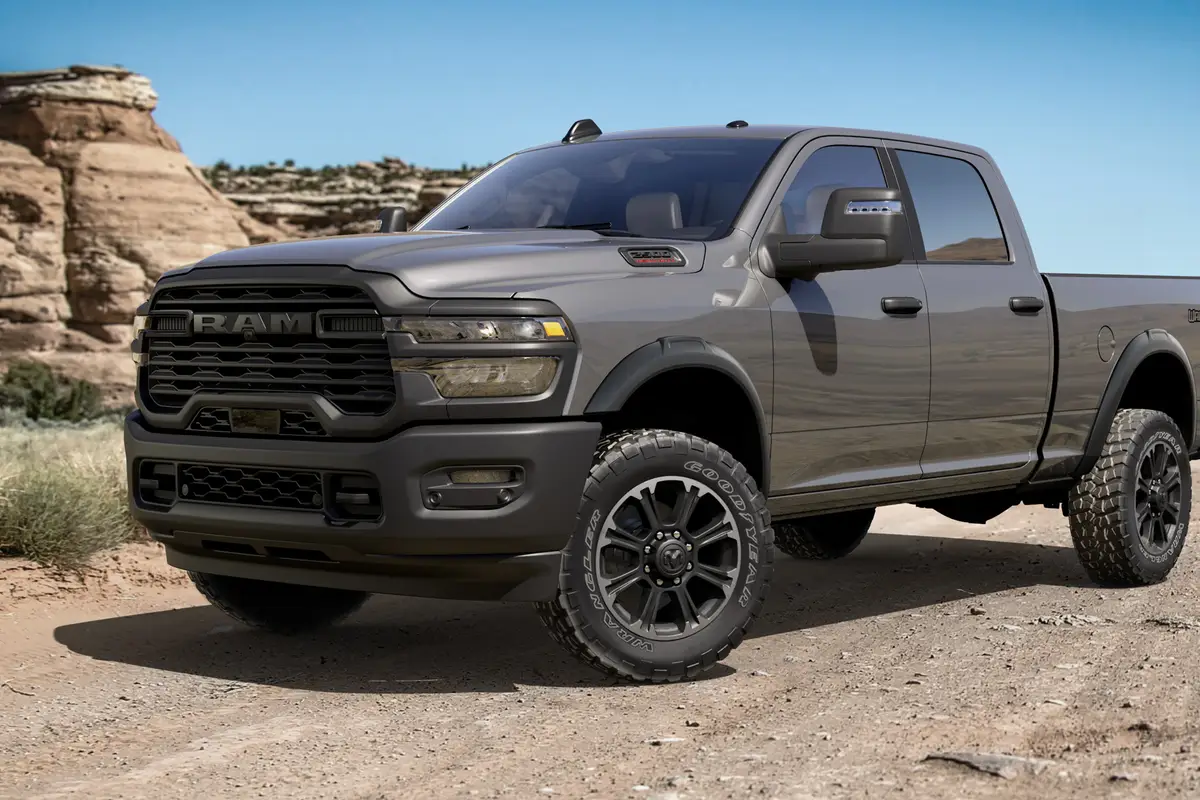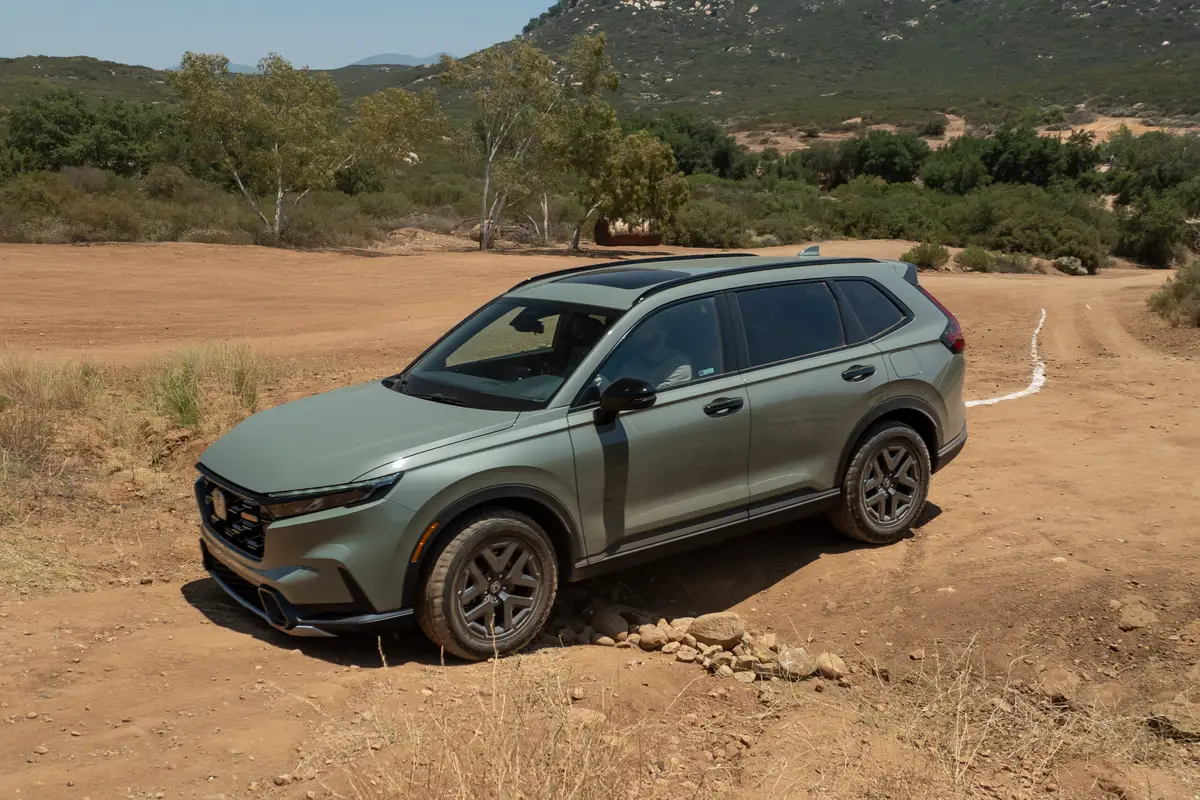AZCentral.com's view
No one is looking down his nose at Hyundai anymore. Decent products at a bargain price with a killer warranty, what’s not to like?
The Santa Fe compact sport utility vehicle is one of the South Korean automaker’s latest offerings, and it’s giving the competition fits. At least it should be. Santa Fe is yet another vehicle from South Korea that shows a steady advance in quality and design.
Santa Fe, which was new for 2001, is a recent entry into car-based (rather than truck-based) SUVs, a market dominated by the likes of Ford Escape and cousin Mazda Tribute, Toyota RAV4, Honda CR-V and Subaru Forester.
These are the light-duty members of the family, a burgeoning market for those who want the looks and practicality of a sport utility but also the ride and handling of a passenger car. Like these others, the Hyundai is on a front-wheel-drive car chassis, in this case the Sonata sedans, with optional all-wheel drive for light-duty chores such as traversing snow or graded dirt roads.
The AWD operates all the time, which helps paved-road handling without much impact on durability or gas mileage.
There are heartier compact SUVs, notably Jeep Liberty and Nissan Xterra, that major in off-road boulder hopping. These have the rugged transfer case and low-range gearing for real boondocking. Tradeoffs are extra weight and harsher road manners.
Santa Fe undercuts its peers by thousands, while offering comparable equipment and sophistication. The top-drawer 2002 GLS test model, at about $21,000, included V-6 and automatic, all-wheel drive, four-wheel disc brakes, good stereo, cool wheels, cruise control, and complete power and convenience features.
One piece that’s missing: Anti-lock brakes cost extra and were absent on the tester.
One piece that’s good to be missing: no extra charge for freight and handling.
Interior space is larger in most dimensions than the top competitors, with much of the benefit going to backseat passengers. Legroom, hiproom and headroom were all above average. Front seats are roomy, though tall drivers will find it tight behind the wheel.
The interior was nicely finished, but the seats need more cushioning and support. They’re just sort of flat.
In a world of look-alikes, Santa Fe’s styling is distinctive. The front aspect is curvaceous and the haunches are rounded, the whole effect looking playfully muscular. This critter looks ready for some fun. But overall, I found the styling to be too quirky.
Nice touch: The molded-in grab handle on the rear door is very functional.
On the road, slack engine power and a sluggish transmission took some of the pleasure out of the Santa Fe’s otherwise good ride and handling. Freeway driving was smooth and comfortable. Cornering was accompanied by plenty of body roll, but poise and balance still are pretty good.
Now, 182 horsepower may sound like plenty, but this little vehicle is carrying some heft. According to the literature, this SUV weighs in at a chunky 3,752 pounds. I think a weight-reduction program is in order.
As it is, the V-6 purrs along nicely until you ask it to do something athletic, such as merging with freeway traffic, passing somebody or holding freeway speed on a hill.
There’s also a four available as the base engine for the Santa Fe. But for the modest savings, starting at about $18,000, that 149 horsepower is going to wear awfully thin.
The automatic transmission seemed to delay in downshifts and took its time shifting up, though it does come with a manual-shift setup.
Now, about that warranty. Hyundai continues to offer the best in the business. OK, there’s also Kia, but that’s now owned by Hyundai. A 10-year, 100,000-mile, drive-train warranty comes on top of a five-year, 60,000-mile bumper-to-bumper warranty. That’s the real deal.
This is Hyundai’s way of coping with a less-than-stellar reputation for reliability from its early years, when busted Excels were scattered all over the highway. Hyundai has come a long way since then, especially in recent years.
Latest news



